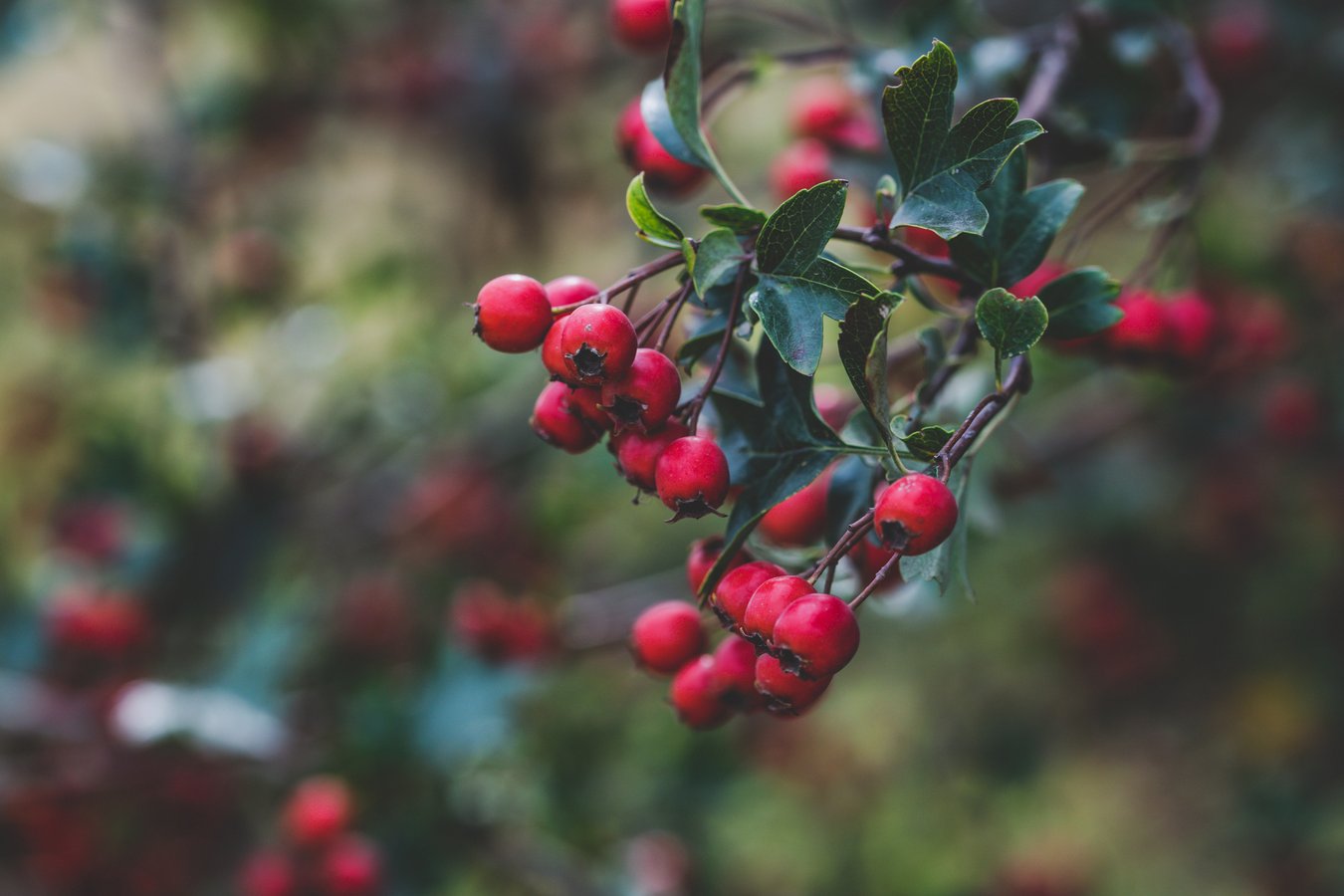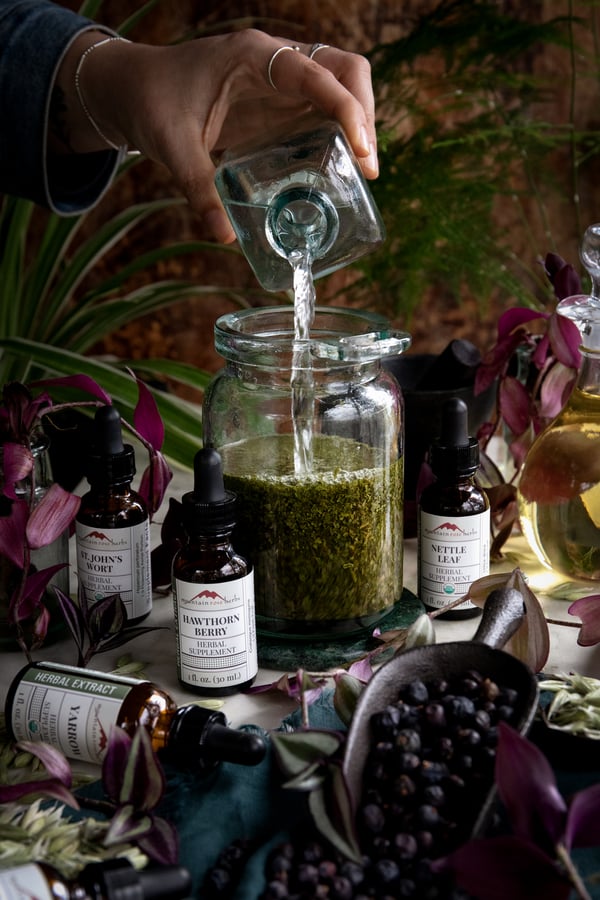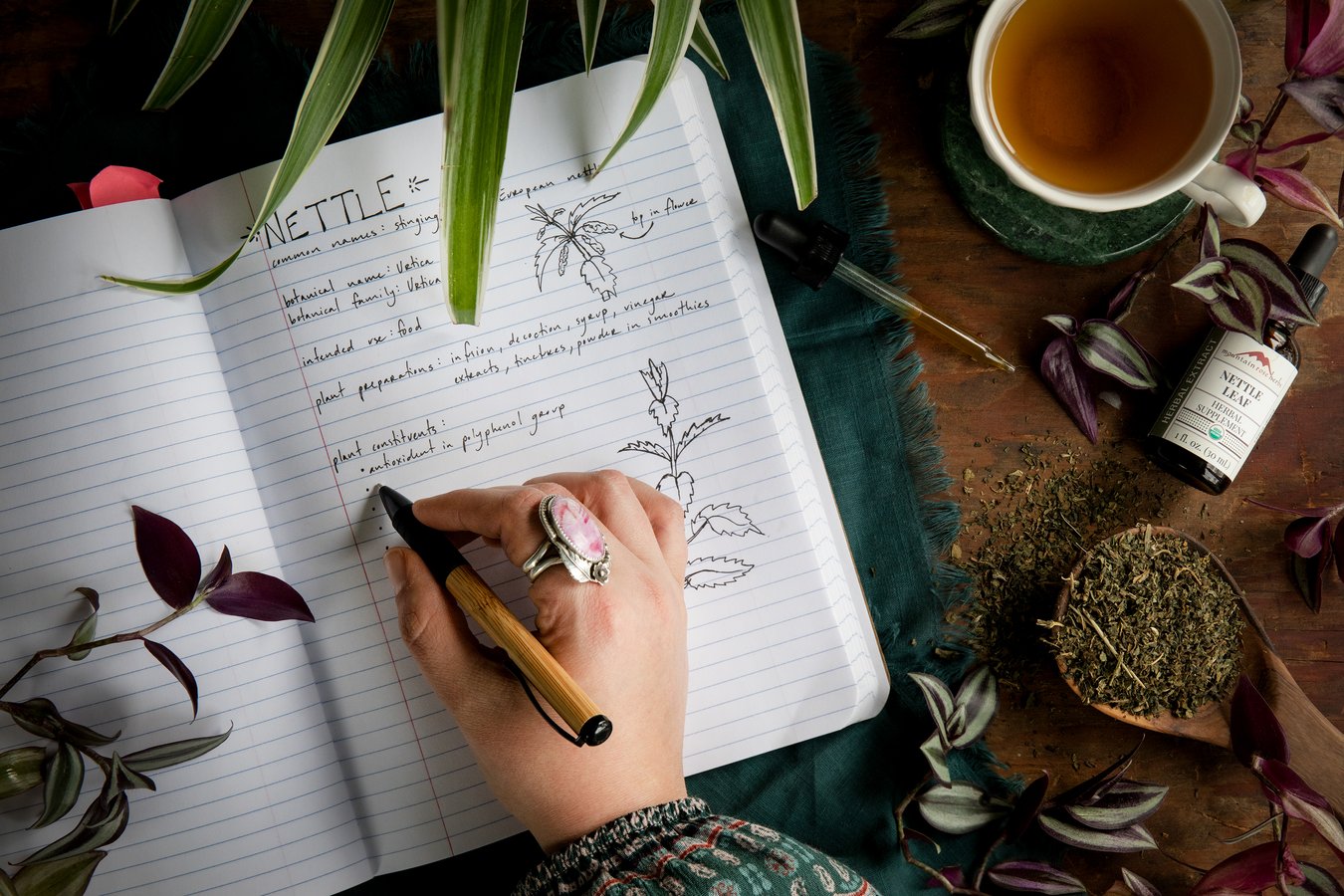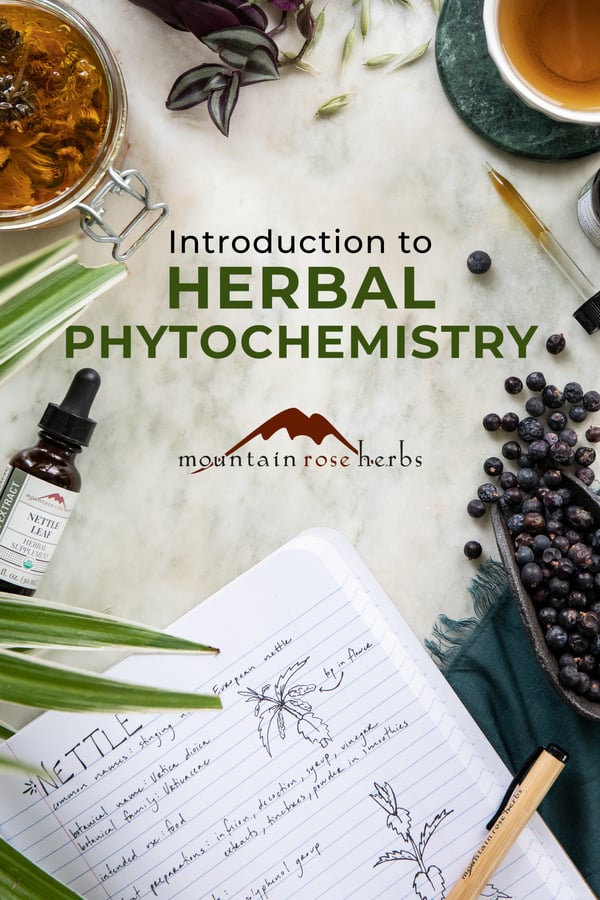Phytochemistry is the study of the constituents in plants that cause physiological changes (aka health benefits) in the human body. These changes are what herbalists are attempting to achieve when creating herbal remedies. We call that herbal medicine. Knowing the actions and needs of constituents and which menstrua will extract and preserve them gives the medicine maker a clear view on pairing constituents with the correct menstrua to create effective remedies. Menstruum, or plural menstrua, is the extractor and preserver of plant medicine. The most common menstrua are water, alcohol, honey, glycerine, and apple cider vinegar.
Plants create chemicals for many reasons, including defense and attraction. They are obviously unable to move away from a predator or go to the doctor if they fall ill. Having their own sentience, plants will synthesize chemicals that repel or kill insects and animals feeding on them and effectively deal with viral, bacterial, and fungal infections, to name a few. In fact, plants share information with each other. Not just one tree to another of the same species, but interspecies. Trees share nutrients via their roots, which reach out to the roots of other plants. An older tree will share nutrients with young trees, affording them a better chance of growing to maturity.

Let’s take a look at one of my favorite trees, the hawthorn. It’s not enough to say that hawthorn is “good for the heart.” What does this even mean? HOW is hawthorn good for the heart? To give validation to this statement, especially when communicating to those who think herbal medicine is hippy allurement, we can say that:
Vitexin in hawthorn’s leaves, flowers, and haws have defenses against inflammation and histamine reactions. Other health benefits of vitexin are its hypotensive action; it helps the heart to work easier, and is a platelet aggregation inhibitor. To then go further, we find that vitexin is a flavonoid glycoside. Plants synthesize flavonoid glycosides in response to microbial infections. The antioxidant effect of flavonoid glycosides is said to lessen capillary weakness and bring about other positive heart benefits.* Flavonoid glycosides are extractable in water, honey, apple cider vinegar, and low-proof alcohol.
How do we find out what phytochemicals are in plants? The website that I find to be most valuable is Dr. James Duke's Phytochemical & Ethnobotanical Databases. It’s a quick and easy reference guide to researching constituents in plants and their actions in the body.
TRY This Hands-On Activity for true herb nerds!
Searching by the botanical name of the plant in question gives an accurate result as there are sometimes two or more herbs with the same or a similar common name. Not sure of the name? “Uncle Google” can help with that! Say we wish to research why nettles can be so stimulating. Once we find out the botanical name for nettles is Urtica dioica, we can search for that in Dr. James Duke's database.
You’ll notice that there are many results. We’ll click on the choice that has a “P” to the left of the name, which stands for "plant". This choice will show us the phytochemicals in nettles, vs the “E” choice, which will show ethnobotany information. We see that there are 16 pages of information, including the chemical name, actions, part of the plant where the chemical resides, and scientific references. This is when the fun begins! 163 chemicals to learn about—talk about a high plant geek factor.
Let’s go to page 5 and click on the caret next to the chemical name "chlorogenic acid", as an example. We will then see that chlorogenic acid is in the whole plant and that it has 77 actions. Three hours later, we’ve gone down the herbal rabbit hole and we now know more about chlorogenic acid than we ever thought possible!
As we wish to utilize this phytochemical in our herbal remedies, we now need to find out what sort it is. Again, asking “Uncle Google”, we find that it is an antioxidant in the polyphenol group. Woohoo! Another search reveals that polyphenols are water-soluble. Water is known as the universal solvent, although some constituents, such as fats/lipids and resins are opposed to it.
We can extract the chlorogenic acid from nettles into infusions, decoctions, syrups, vinegar extracts, and 80-100 proof alcohol tinctures. We can also powder the dried nettles and add them to herbal truffles, smoothies, and nut butter sandwiches.
Researching plant constituents is one of my favorite things in the world to do. Don’t feel you have to know all the constituents of all the plants right away. This is very much a years-long exploration into herbal medicine. It will deepen your knowledge of the plants and help you become a more versatile and knowledgeable herbalist.
In my next blog posts, I’ll unpack the solubility of major groups of phytochemicals:
- Terpenes (aka essential oils)
- Resins
- Polyphenol antioxidants
- Glycosides
- Lipids
- Alkaloids
- Polysaccharides
- Vitamins and minerals
I will, of course, include their menstrua companions. I hope you join me on this adventure!
Until next time, I leave you wild about plants!
Want to learn MORE from suzanne tabert?
Explore Cedar Mountain Herb School!
You may also be interested in:
How to Make Herbal Extracts
Hawthorn Berry Elixir Recipe for Heart Health
Learn How to Make Herbal Vinegars
*These statements have not been evaluated by the Food and Drug Administration. These products are not intended to diagnose, treat, cure, or prevent any disease. We recommend that you consult with a qualified healthcare practitioner before using herbal products, particularly if you are pregnant, nursing, or on any medications. For educational purposes only.












